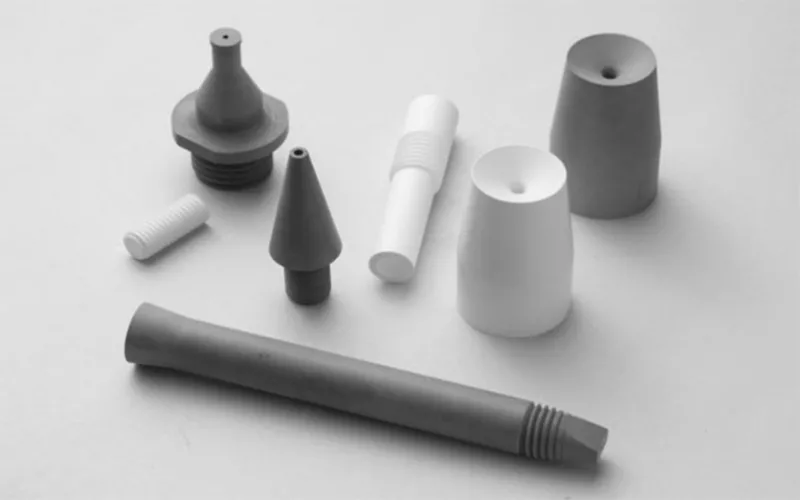Nitreto de boro cbn é uma cerâmica avançada conhecida por suas propriedades superiores. Química BN tem Nitrogênio de boro ligações que dão origem a diferentes estruturas. Das estruturas da BN, uma dessas estruturas de interesse proeminente é Nitreto de boro cúbico cbn. Vamos tentar entender c-bn e seus aspectos relativos.
Índice
Nitreto de boro: uma visão geral
Nitreto de boro hexagonal (h-BN)
- Estrutura do nitreto de boro hexagonal
- Propriedades do nitreto de boro hexagonal
- Aplicações do Nitreto de Boro Hexagonal
- O que é nitreto de boro cúbico?
- Estrutura do nitreto de boro cúbico
- Propriedades do nitreto de boro cúbico
- Nitreto de Boro Cúbico vs. Diamante
- Usos do nitreto cúbico de boro
- Rodas superabrasivas – ou roda diamantada c-BN
Nitreto de boro: Uma Visão Geral
Nitreto de boro é indicado pela fórmula química “BN”. Como mencionado anteriormente, Nitreto de boro existem em diferentes formas. Geralmente, é a localização do Boro e do Nitrogênio na rede que cria vários Estruturas de nitreto de boro. Alguns deles são bastante famosos, como o amorfo, o hexagonal, o cúbico e o wurtzita.
Quando se trata de funcionalidade, Cerâmica de nitreto de boro é altamente usinável. Uma vez usinados, não requerem qualquer sinterização térmica ou tratamento para estabilização. Além disso, Nitreto de boro tem maior capacidade térmica e também é um bom isolante elétrico.
Por enquanto, vamos tentar entender as derivadas de BN, Nitreto de boro hexagonal (h-BN) e outro Nitreto de boro cúbico (c-BN)
Nitreto de boro hexagonal (h-BN)
Estrutura do nitreto de boro hexagonal
Nitreto de boro hexagonal é um constituinte de muitos produtos industriais, como cosméticos. O HBN tem uma estrutura controlada por ligações covalentes. No entanto, as camadas em HBN obedecem vagueiam as forças de Waals. A geometria em forma de placa do HBN é a razão pela qual ele é ideal para lubrificação.
Nitreto de boro hexagonal Possui elementos de Boro e Nitrogênio fixados em sua estrutura. O arranjo possui três átomos de nitrogênio ligados a um átomo de Boro. A semelhança na estrutura em favo de mel é a razão de sua analogia com o carbono. Além disso, as propriedades de resistência mecânica, química e isolamento elétrico são devidas às ligações triangulares planas.
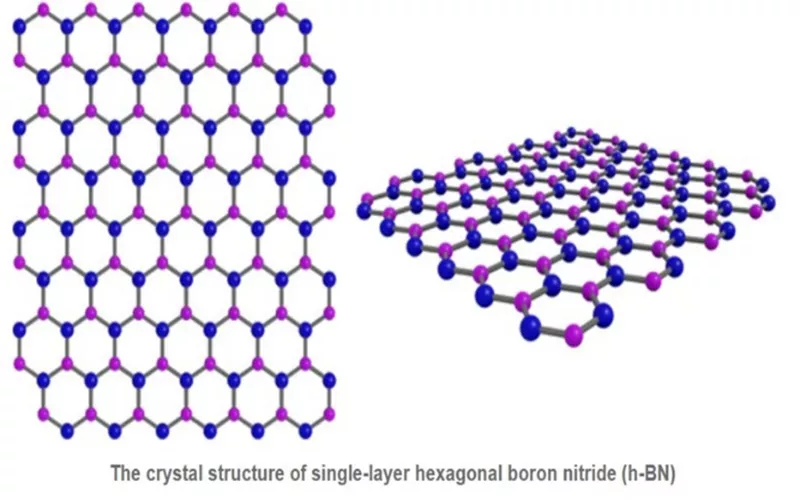
Propriedades do nitreto de boro hexagonal
Nitreto de boro hexagonal é popularmente fabricado por meio da nitretação de óxido bórico em temperaturas elevadas. Como sua estabilidade é mais próxima da do grafeno, Nitreto de boro hexagonal é frequentemente aclamada como a cerâmica técnica mais avançada. Algumas propriedades superiores de Nitreto de boro hexagonal são sua condutividade térmica e baixo coeficiente de atrito.
Aplicações do Nitreto de Boro Hexagonal
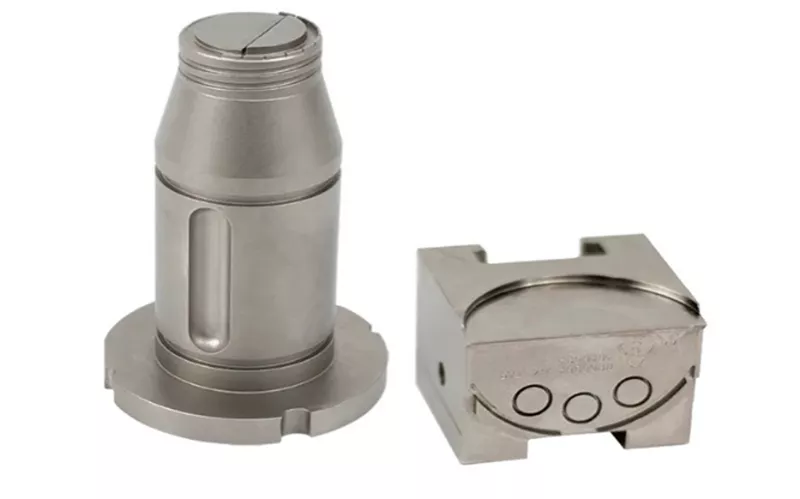
- O HBN é usado em dispositivos nanoeletrônicos como um substituto para substrato de grafeno
- Nitreto de boro hexagonal em sua forma fina é usado como revestimentos que resistem à corrosão
- O HBN é frequentemente utilizado na fabricação de materiais para sensores. Também é utilizado em tunelamento de elétrons devido ao seu baixo valor de constante dielétrica.
Nitreto de boro cúbico
O que é nitreto de boro cúbico?
c-BN é um derivado de Nitreto de boro hexagonal (h-BN) produzido sob alta temperatura e pressão.
A maior especialidade de c-BN é que ele ocupa o lugar de segundo material mais duro do mundo. A resistência mecânica do Nitreto de boro cúbico é popular e está no mesmo nível do diamante. É um dos polimorfos mais populares do Boro Nitreto.
Estrutura de Nitreto de boro cúbico
A estrutura básica de Nitreto de boro cúbico é cristalino. Possui densidade em torno de 3,5 g/cm3 e apresenta-se em amarelo-claro ou transparente. O C-BN segue um arranjo alternado de átomos de boro e nitrogênio. Aqui, o Nitrogênio de boro os átomos seguem ligações covalentes, que é a razão básica de sua dureza e estabilidade.
Fórmula de nitreto de boro cúbico é dado como c-BN. Existem dois tipos populares de c-Bn disponíveis hoje no mercado. Um é denso nitreto de boro cúbico e o outro nitreto de boro cúbico policristalino.
Propriedades do nitreto de boro cúbico
C-BN é um semicondutor brilhante cujas bandas proibidas são suscetíveis a mudanças na pressão aplicada. Essas mudanças na banda proibida os tornam excelentes isolantes elétricos. Nitreto de boro cúbico São geralmente inertes e possuem baixa constante dielétrica. Sua condutividade térmica é de cerca de 1300 kW/m³.
Quando se trata de reatividade, c-BN permanece não respondendo mesmo a materiais ferrosos. A faixa óptica tratada por nitreto de boro cúbico varia do ultravioleta ao espectro visível.
Nitreto de Boro Cúbico vs. Diamante
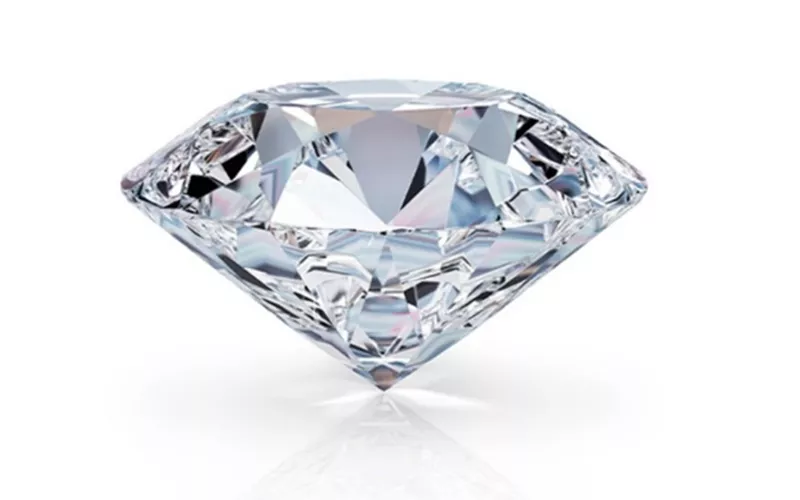
Embora não seja mais duro que o diamante, nitreto de boro cúbico tem seu lugar especial quando comparado ao diamante. Dureza do nitreto de boro cúbico é 4500 Kg/mm2 enquanto o diamante tem dureza em torno de 600 Kg/mm2. O valor do módulo de Young e do bulk também estão em uma faixa similar de 800 – 1000 e 370 – 450.
Além disso, quando se trata de estrutura, como diamante, c-BN possui dois átomos de base diferentes. A semelhança entre o diamante e o c-BN é geralmente atribuída à estrutura semelhante que possuem.
Usos do nitreto cúbico de boro
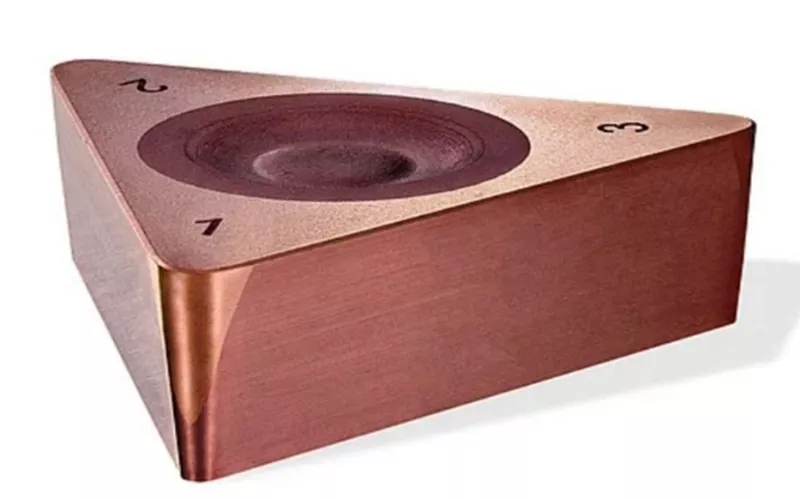
material de ferramenta de corte cbn
Nitreto de boro cúbico Apresenta módulo de Young e módulo de volume maiores que o carboneto de boro e o carboneto de silício. Esse mesmo motivo contribui fortemente para a dureza do nitreto de boro cúbico. A dureza os torna adequados como abrasivos e os ajuda a funcionar como material de ferramenta de corte cbn. Geralmente, o c-Bn denso é usado para aplicações de corte e o tipo poroso para requisitos de retificação.
A natureza inerte de Nitreto de boro cúbico também Ajuda-os a funcionar como material de corte e usinagem. Ao contrário do diamante, não reage com o ferro. No entanto, o c-Bn convencional requer manipulação para ser utilizado em aplicações de corte. Isso geralmente é feito durante a conversão de h-Bn em c-Bn durante a sinterização.
cbn como isolantes elétricos
Além da dureza Nitreto de boro cúbico também se destaca como isolante elétrico. Isso se deve à sua ampla banda proibida.
cbn em aplicações de semicondutores
Ao revestir alumínio e metais do Grupo 8, C-BN a funcionalidade de se tornar um dissipador é popular na indústria eletrônica. C-BN é usado como dissipador de calor em lasers, dispositivos microeletrônicos e LEDs.
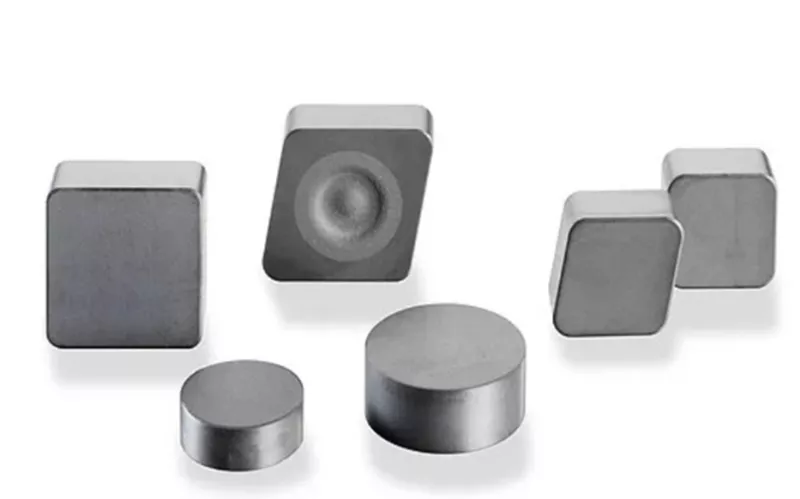
Nitreto de boro cúbico Também agrega valor durante a síntese de semicondutores para obter os tipos p e N por meio de dopagem adequada. Os materiais comuns usados para dopagem são silício ou berílio. Esses semicondutores trabalham em altas temperaturas e são usados em sensores UV.
rodas de desbaste c-BN

A invenção de rodas de desbaste c-BN mereceu fabricação de precisão devido à maior eficiência. rodas feitas de c-BN contribuíram para indústrias como aeroespacial, máquinas, produção de ferramentas e automobilística. rodas de desbaste c-BN Também oferecem alta dureza e bom desempenho em comparação com SiC e Alumina. Garantem integridade estrutural em temperaturas mais altas e não sofrem degradação.
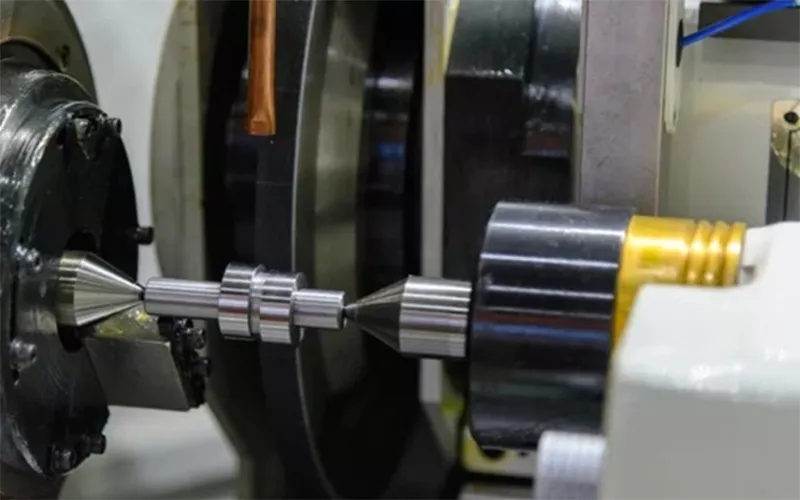
As rodas de c-BN Suporta altas temperaturas e lida com a quantidade de calor gerada durante o processo. A resistência ao desgaste também é economicamente vantajosa ao considerar rebolos de c-BN. As rodas de desbaste c-BN oferecem excelente acabamento superficial e evita o desperdício de peças. Também garante menor tempo de ciclo, pois as tarefas são realizadas com rapidez e precisão.
Rodas superabrasivas – ou roda diamantada c-BN
Os discos superabrasivos são os que diferem dos discos convencionais de Sic e Alumina. São feitos da combinação de c-Bn e diamante. O disco superabrasivo oferece melhor condutividade térmica, limitando o aumento da temperatura da peça. roda de diamante c-Bn também oferecem alta precisão e exatidão de corte que contribuem para uma maior vida útil.
Conclusão
Nitreto de boro cúbico É desejável na ciência moderna e na fabricação de materiais. São competitivos quando comparados a materiais como o diamante. Destacam-se em propriedades como dureza, resistência e isolamento elétrico. A ampla lacuna de banda, a natureza inerte, a baixa constante dielétrica e as especialidades ópticas são outros fatores de mérito.
